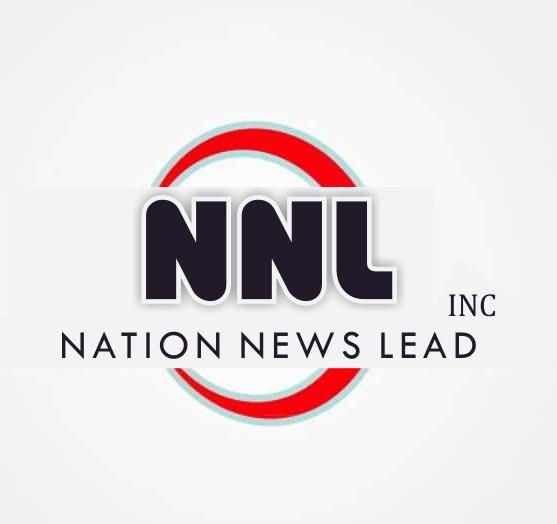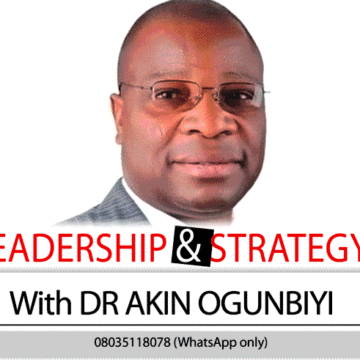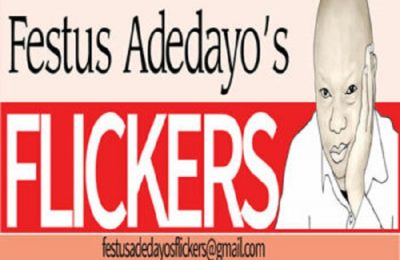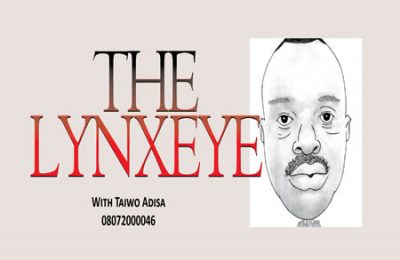
For the eventful period that I was the CEO of an impactful wealth creating group of companies, I was tagged as the boss with the peculiar anecdotal style of executing the “learn and reply” model of leadership. Every employee had my phone number and could send me an SMS at anytime of the day.
I believe strongly in the power of constructive feedbacks as a brain-friendly tool that paces, pulls and ensures buy-ins in the workplace. It breaks cognitive fixedness, switches on creative ideas and helps the leader understand and impact collaboration dynamics among team members for adaptive and innovative actions. It is the bedrock of human-centred approach that enables the leader to understand and continuously improve team dynamics.

A perennial challenge of leadership is balancing performance and the well-being of employees. How do we ensure an inclusive organisation that enables employees and associates meet and consistently give their best? From the micro point of view, Liz Wiseman says that we must focus on where performance improvement is lacking by examining the details.
The leader must set clear expectations upfront. Employees must fully understand “the picture of success”. Employees must get “across the finish line by knowing what a great job looks like”. This is what is expected from you and this is the timeline. They must know when they are missing it. The job must be defined as an outcome. The employee is the problem solver and he must therefore be successful on the outcome. He must be held accountable to agreed expectations.
That is why the feedback process must help the workforce grow. It must impact employees especially when they are “under contributing”. Employees must be capable, hardworking, skillful but “must never miss the mark”. They must therefore be “pulled” always with feedbacks.
Managers must not diminish value-adding contributions, capability and performance with employee interviews that are not constructive and not well thought-out. Tough feedbacks must be given by telling the truth. Give the “hard truth and hard facts”. The skillful leader must use “prompts” to assure the workforce that “they truly belong”. Feedbacks should be used to bring out employees’ best thinking, solve seemingly hard problems, touch lives and see things through multiple perspectives.
Leaders must regularly use feedbacks to rebuild trust. They must never underestimate how much their employees trust them. Trust is a sure enabler of great and impactful work. It promotes engagement, empowerment and brilliance. The workplace must be an environment of mutual trust where staff members can jump from cynicism and perform valuable work. Employees must be entrusted with challenging responsibilities and opportunities. Hand over the ball to them at moments that matter most because you trust them. Also, build upward trust so that subordinates can hand over the ball to you whenever the needs arise. Micro-management and overbearing attitudes are diminishing tendencies. Please, note that transparency, focus and latitude to approach problems and solve them, enhance trusting relationships in the workplace.
Another aspect of engendering trust through feedbacks is credibility building. Employees must be trained and encouraged to manage themselves. They must be able to figure out and adapt processes to deliver expected outcomes. They too (on their own) must ask for feedbacks and admit mistakes. They must be willing to change attitudes and actions, adapt and use their time qualitatively. They must be willing team players always.
Credibility building actions by employees include; doing things without being asked. Anticipating problems and always ready to solve them. They must be curious in order to succeed as agile workers. They must always come with positive energy to work and have fun. They must work as credible and accountable team members and always cooperate with their bosses. They must always come prepared to work and learn to do “extras”.
The 3Rs process and role chart by Edward Shehab can guide Knowledge of areas that need constructive feedbacks. The 3Rs model is a useful tool in business process re-engineering. It helps leaders understand and discern problem areas in the workplace. Root cause of the problems and best improvement options.
3Rs stand for Rule, Role and Route. The “rule” is the agreed driving strategy or method that guides the employee on what needs to have been done before the task is considered to have been accomplished. The “role” is about who owns the completion of each task and who is ultimately accountable for completing the task or process appropriately. The “route” is who is the next person to work on the process”.
When the 3Rs are missing, it means roles have not been clearly assigned and the task left undone or unachieved.
Let me conclude with some feedbacks for CEOs by John Acton, an expert in strategic thinking and self-assessment. He pointed out that CEOs must ask themselves always whether they are maximizing impact as leaders of organisations. He therefore gave a check list of guiding insights.
Frist, the CEO must regularly have strategic time-outs with his team members for feedbacks. Second, is the question on whether the organisation’s board and management are primarily focused on numbers and financials rather than critical and strategic thinking. The CEO must also ensure that the organisation is not only driven by sales forecasting and operational planning. Number 4, are you as the CEO delighted with “the stretch and ambition in your plan?” Also, is your strategy clearly articulated and understood by senior management team, management and staff?
Number 5, is your management team completely aligned and are they in agreement with the priorities and focus of the organisation?
Number 6, does your team react to challenges and changes instead of anticipating and positively driving change? Number 7, do you think there is an engagement gap between the senior management team and their direct reports?
Number 8, do the strategy, action plan, execution as well as delivery happen as effectively as you want them to be?
Number 9, do you feel isolated (from time to time) in your individual role as a leader in the business? Have you also found out whether some of your associates have this problem too?
ALSO READ: No going back on nationwide strike — Lagos NLC, TUC








